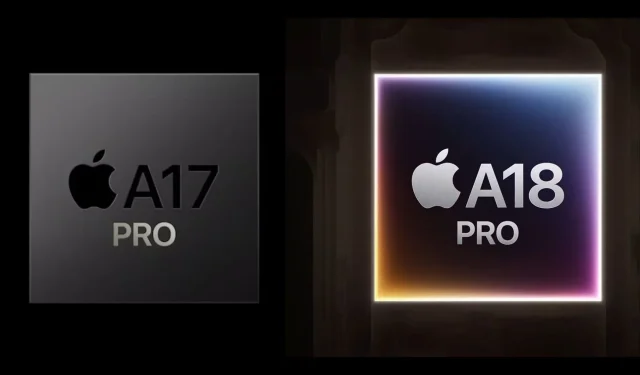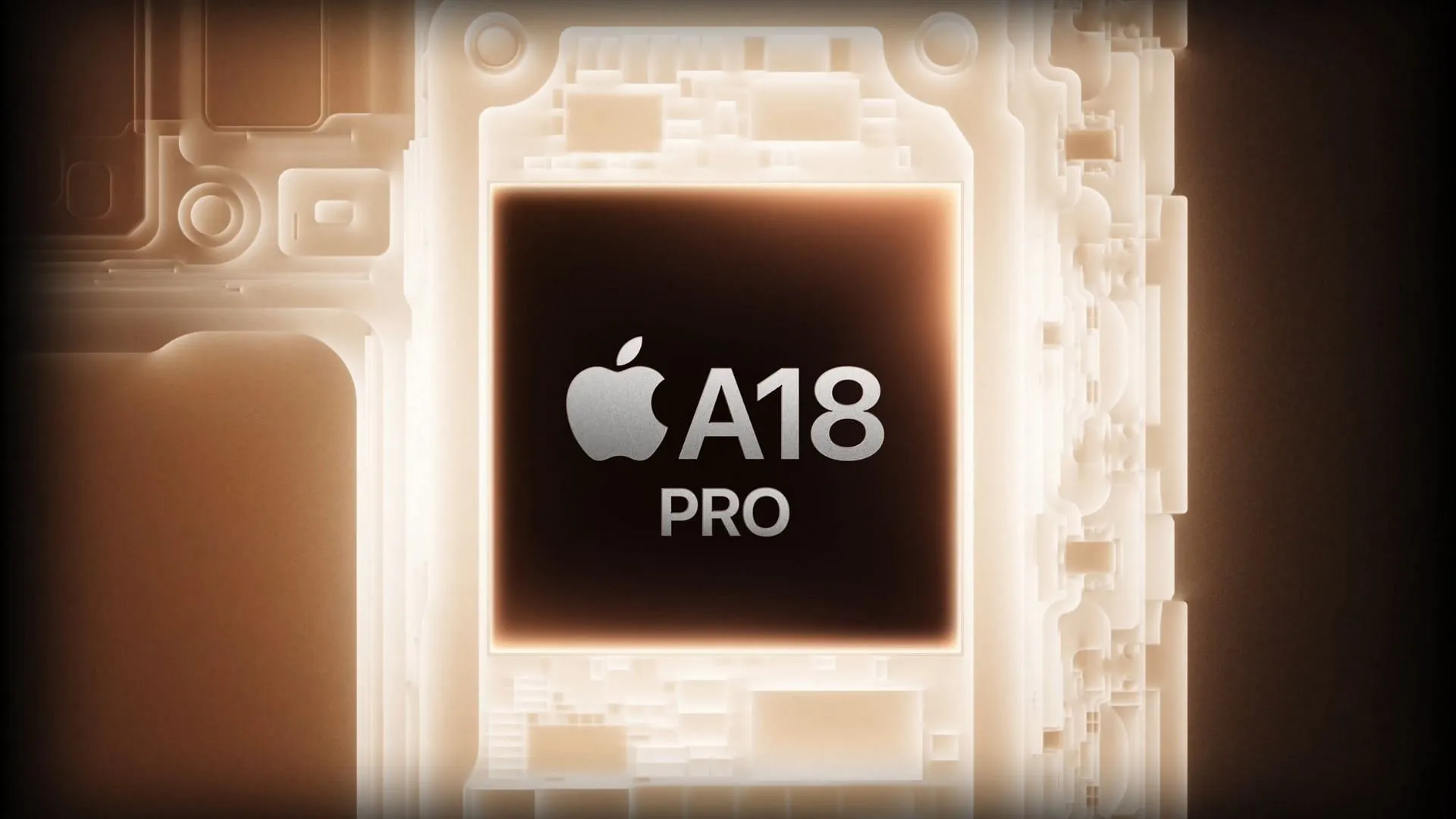
Apple recently revealed its latest iPhones during the event on September 9, highlighting the introduction of the new A18 Bionic chipset – the company’s most advanced processor to date. This new chip outshines its predecessor, the A17 Bionic, by a notable margin and offers the most efficient performance in an iPhone lineup to date.
As the features of these two chipsets differ significantly, potential buyers may find it challenging to decide which to choose for their next iPhone. To assist you in making an informed decision, we’ve compiled a detailed comparison of the new A18 Pro Bionic and last year’s A17 Pro Bionic chipset.
A17 Pro vs A18 Pro: Specifications Overview

The upcoming iPhone 16 series marks a significant upgrade in processing power, moving from the A16 Bionic featured in the iPhone 15 to the cutting-edge A18 Bionic in the iPhone 16 base model. On the other hand, the A17 Pro chip was restricted to the iPhone 15 Pro variants, making it a more fitting comparison with the A18 Pro chip used in the new iPhone 16 Pro.
|
Features |
Apple A17 Pro |
Apple A18 Pro |
|
Process |
3nm |
3nm (2nd-gen) |
|
Cores |
6 |
6 |
|
GPU |
6 (1398 MHz) |
6 (1450 MHz) |
|
Frequency |
3780 MHz |
3890 MHz |
|
Memory Type |
LPDDR5 |
LPDDR5T |
The A18 Pro chip represents a notable enhancement from the A17 Pro found in the iPhone 15 Pro, not that it’s a groundbreaking leap. The A18 Pro boasts increased memory bandwidth and improved Apple Intelligence features, significantly enhancing the performance of AAA gaming titles and doubling the effectiveness of hardware-accelerated ray tracing compared to the A17 Pro.
A17 Pro vs A18 Pro: Performance Comparison

Both chipsets stand out for their efficiency and speed; however, the A18 Pro clearly demonstrates superior performance over the A17 Pro chipset. The hardware-accelerated ray tracing feature allows for much crisper visuals, closely mimicking console-level graphics in games such as Assassin’s Creed: Mirage.
Below are some benchmarks we gathered from NanoReview:
|
Benchmark |
Apple A17 Pro |
Apple A18 Pro |
|
AnTuTu 10 |
1528179 |
1915345 |
|
Geekbench 6 single-core |
2953 |
3678 |
|
Geekbench 6 multi-core |
7441 |
8974 |
The data clearly illustrates that the new A18 Pro chip significantly outperforms its predecessor in single-core and multi-core benchmarks. This showcases how much more efficient the updated chipset is, making it excellent for gaming and video editing tasks.
Final Verdict: Apple A17 Pro vs A18 Pro
In a head-to-head contest, the A18 Pro chipset undoubtedly stands out as the superior choice. It presents a far better option for daily use, gaming, and video editing. Additionally, opting for the A18 Pro means accessing all the advanced features of the new iPhone 16, making it a solid investment.
Nevertheless, the iPhone 15 Pro remains a capable device, and the A17 Pro chip within it still delivers strong performance. However, when directly compared, the A17 Pro falls short against the advanced A18 Pro Bionic chipset.




Leave a Reply